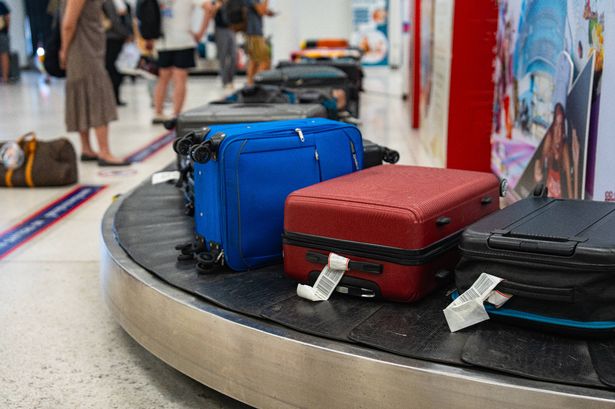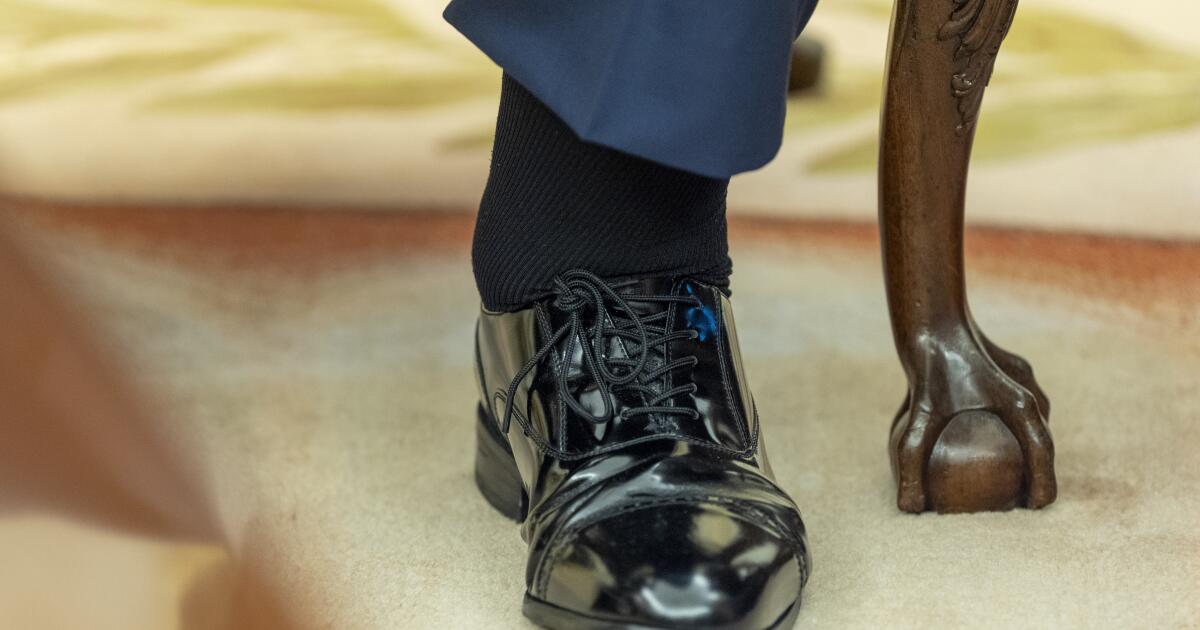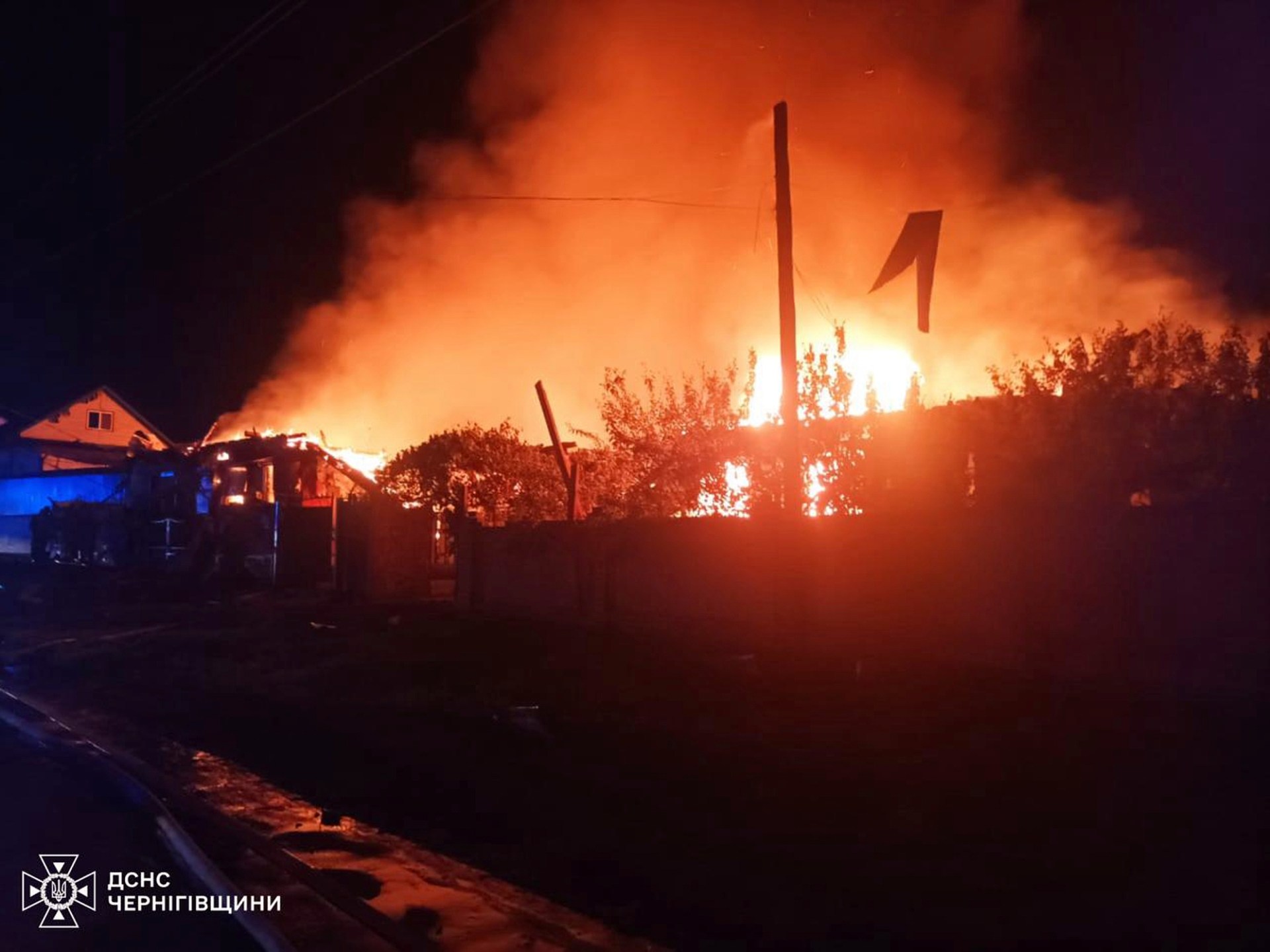A seasoned traveller has shared a list of items that should never be packed in checked luggage, as they could be difficult to replace if your suitcase goes missing
A travel guru has issued a stark warning to holidaymakers, urging them not to pack certain items in their checked luggage. With many travellers heading off for Christmas breaks or to enjoy some winter sun, Jet2, Ryanair, easyJet, and TUI passengers are being warned about the potential dangers of packing a variety of everyday items.
TikTok user @thepointsguy has offered crucial advice on what you should “never put in your checked bag, regardless of how short your flight is.”
He’s highlighted items such as suncream and plug adaptors, due to the potential issues if your checked bag goes missing.
This guidance serves as an important reminder to always keep certain essentials within reach during travel. One item that should always be kept close at hand is any prescription medication, reports Chronicle Live.
The expert said: “One thing that should always be kept close at hand is any prescription meds. The expert said: You may be able to get a doctor to call in your prescription, but that becomes trickier if it’s a weekend or a holiday or if your medication doesn’t allow for refills before the previous prescription runs out.”
Moreover, he has advised against storing electronics in checked luggage. He cautioned that despite the honesty of most airport staff, there remains a “risk” of theft.
He also warns against packing “jewellery and cash” in checked luggage, along with any “items with significant personal value”, urging holidaymakers to keep such treasures close to hand to prevent “financial or emotional loss”.
Finally, he suggested that “plug adapters and high-quality suncream” should remain in your hand luggage, as these could be difficult to find in more remote locations if your checked baggage goes missing.
The savvy traveller suggests packing “daily necessities” in your carry-on bag – always ready for those times when a spare outfit, essential toiletries, or vision aids such as glasses or contact lenses might be needed at short notice.
Following this prudent advice going viral and receiving widespread praise online, one TikTok user commented: “Everything important goes into my carry-on. Meds, contacts, electronics in particular.”
Another agreed, adding: “I only have clothing and shoes in checked bags. Everything else is in my carry-on.”
This handy guidance comes as millions of Brits jet off to Christmas markets as well as winter sun destinations from the Canaries to the Caribbean. However, if you’re hoping to travel light with just hand luggage and space is a concern, another travel expert has revealed a clever trick to pack ‘three months’ worth of stuff’.
This strategy was shared on TikTok by @joanna. pirog, who ditched the use of packing cubes for a more simple and cost-effective method.
Man spends night in ‘one of UK’s weirdest hotel’ and shares honest opinion
Hidden UK coastal village with picturesque walks that’s perfect for weekend away
Her demonstration involved an empty suitcase and a selection of holiday clothes, which she neatly rolled before carefully placing them within the luggage.
Her suitcase held an impressive range of dresses, shirts, tops, skirts, and shorts with ease, and even when it appeared full, Joanna managed to fit in extra items by slotting them into small gaps. She insisted that this method allowed her to pack ‘three months’ worth of clothes into a single compact suitcase.



